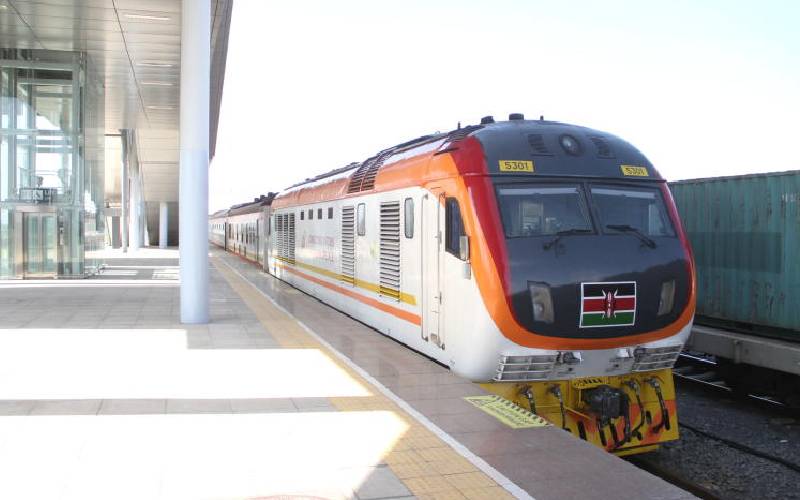Cargo SGR train to transport cargo from Mombasa to Naivasha dry land port after being commissioned by CS transport on June 3, 2020. A sharp increase in the cost of servicing debt, particularly dollar-denominated Chinese loans, has contributed significantly to the weakening of the shilling.
Official reports show there was a spike in the cost of servicing debt in July, a period that also saw the shilling begin to weaken against the dollar.
Data from the World Bank shows that Kenya might have paid external lenders Sh39.6 billion, a big chunk of which was to China for the construction of the two phases of the Standard Gauge Railway (SGR) from Mombasa-Nairobi and Nairobi-Naivasha.
All the loans are in US dollars. READ MORE
However, the National Treasury in one of its documents indicates it paid Sh29.86 billion, raising the possibility of having spread the payment of the Sh7 billion for the SGR.
In October last year, the world’s richest countries, under the G20 grouping that includes China, extended a moratorium on official debt payments to offer relief to poor countries in the midst of the Covid pandemic. Kenya’s China debt repayments were thus suspended.
The Sh7 billion was the first installment for the second SGR phase and was to be paid in January 2021, but there were other loans that were to be paid between then and June, bringing the total that was suspended by the G20 moratorium to Sh27 billion.
In July, the Treasury was to pay another Sh10 billion for the SGR first phase. It appears that the whole amount was lumped together to be paid in July 2021, going by the World Bank documents.
By the time of going to press, National Treasury Cabinet Secretary Ukur Yatani had not responded to our query on whether some of the repayments had been pushed back.
In November, there was yet another loan repayment of about Sh14 billion to China Development Bank , which might also have exerted more pressure on the shilling.
The high debt service coincided with the start of the shilling’s depreciation as the local currency came under pressure. The shilling dropped from an average of 107.8 in June this year to a historic low of 112.89 at the end of trading yesterday.Data from Central Bank of Kenya (CBK), the fiscal agent and banker for the National Treasury, shows that the government’s net foreign assets (NFA) – the difference in a country’s external assets and liabilities […]
